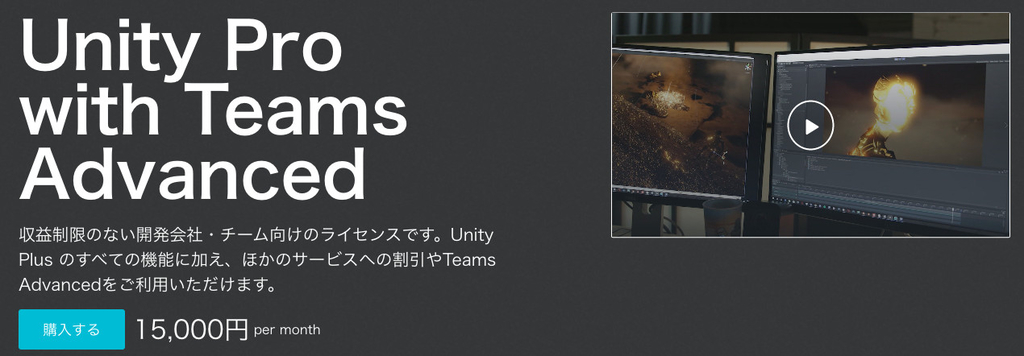
Attempts making a file unrecoverable by securely deleting it.Overwrites data in a file, obfuscates the file name and metadata, then deletes it.FeaturesOffers 1-pass, 3-pass, and 7-pass file deletion options.Fits within the guidelines of NIST 800-88 Rev 1 and United States DoD 5220.22-M standards when securely deleting a file.Optionally verify a file is overwritten before deleting it.Metadata timestamps can be set to a maximum past date and are randomized in a realistic order.Additional InformationIf your app needs to erase sensitive information, you may still be required to report it depending on the data protection and breach notification laws of your country.Securely deleting a file is the best that can be done without physical access to a device, and it proves a valiant attempt to fix a mistake and protect your users.Example 2 shows how an app can provide a way for users to request data deletion. This example uses Unity Gaming Services (UGS) and will require the Authentication package from Unity Registry in Package Manager, but it can be deleted or skipped when importing.Overwrites data using RNGCryptoServiceProvider.Changes file name using System.IO.Path.GetRandomFileName.Randomly sets file creation time, last write time, and last access time in a realistic order.A 35-pass method (called Gutmann) is not included.In my personal experience wiping 100s of drives, a single pass method has been enough to render the data useless. This includes traditional magnetic hard disk drives (HDDs) and using forensic-level recovery (not shown in the video) with specific knowledge of the file system format and sector/cluster or page/block size of the data.The 7-pass method is directly paired with destruction of the storage media, so a 35-pass is overkill and a waste of time.Only 1-pass method should be used on flash memory (like SDDs and SD cards), anyway.







